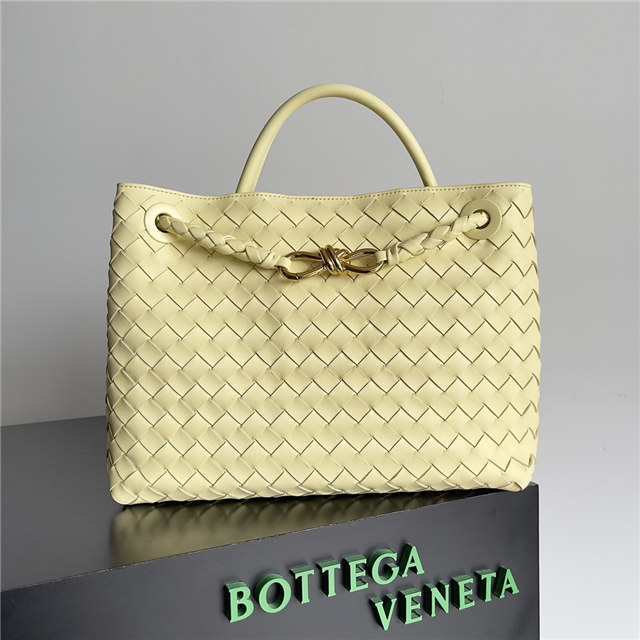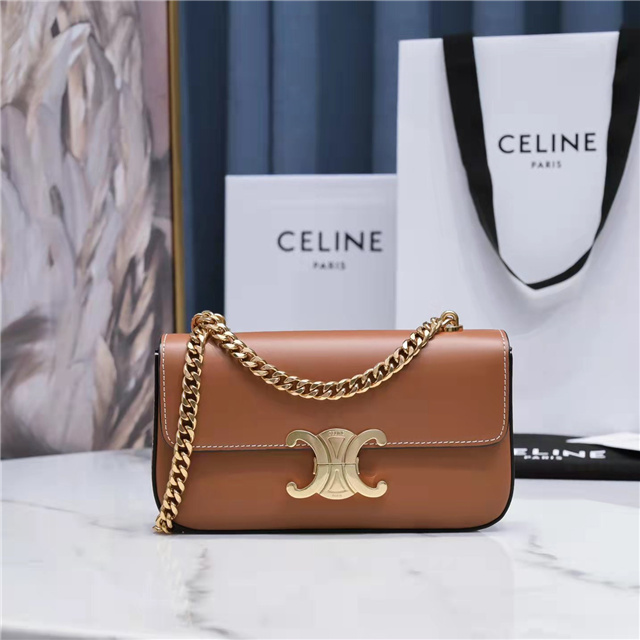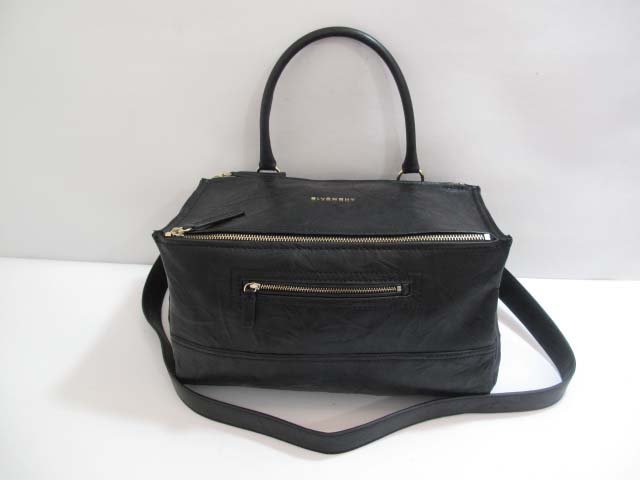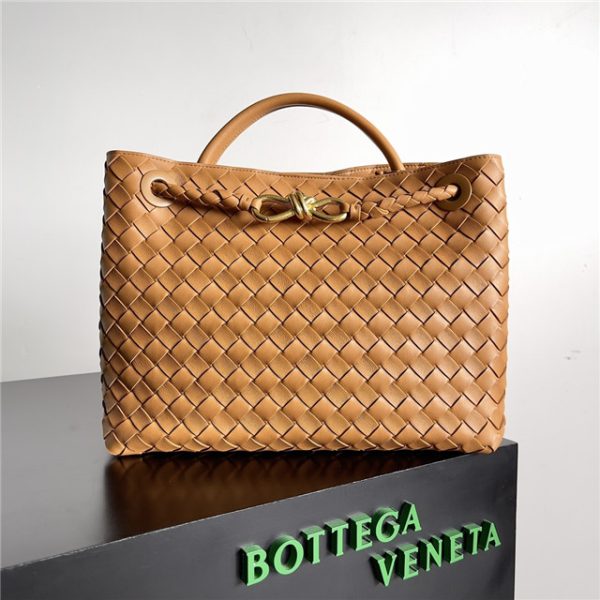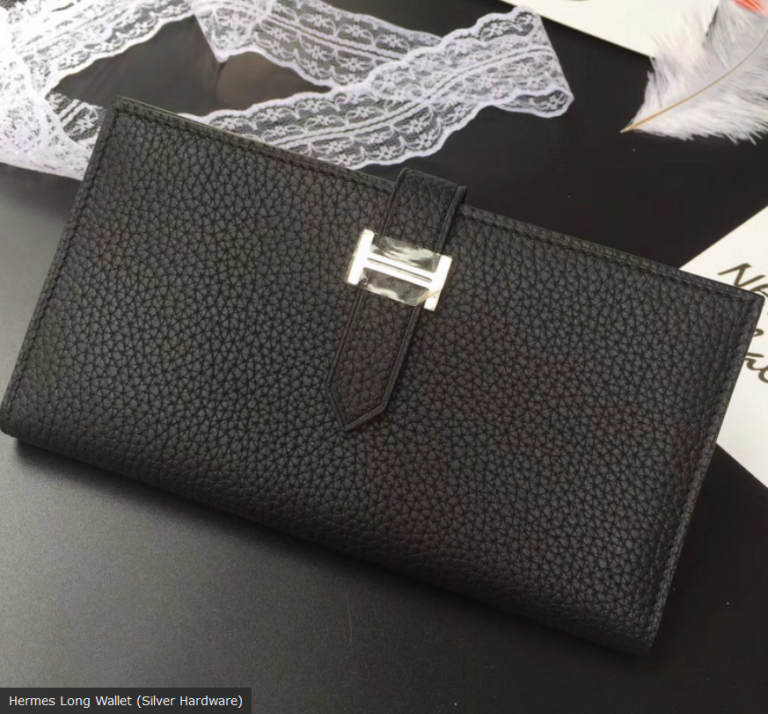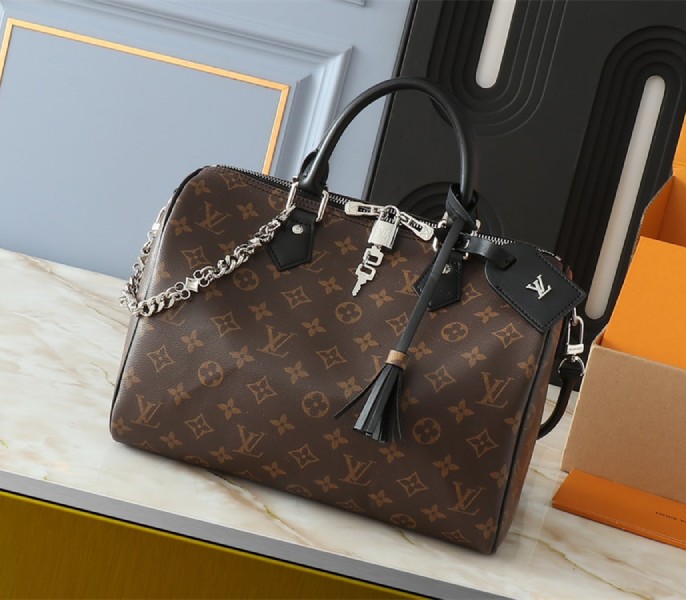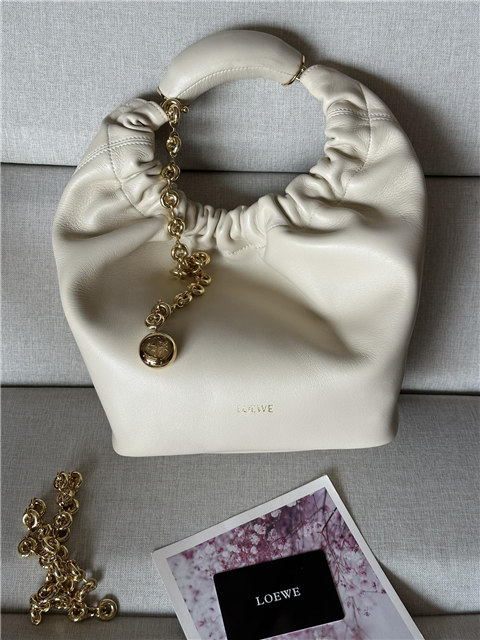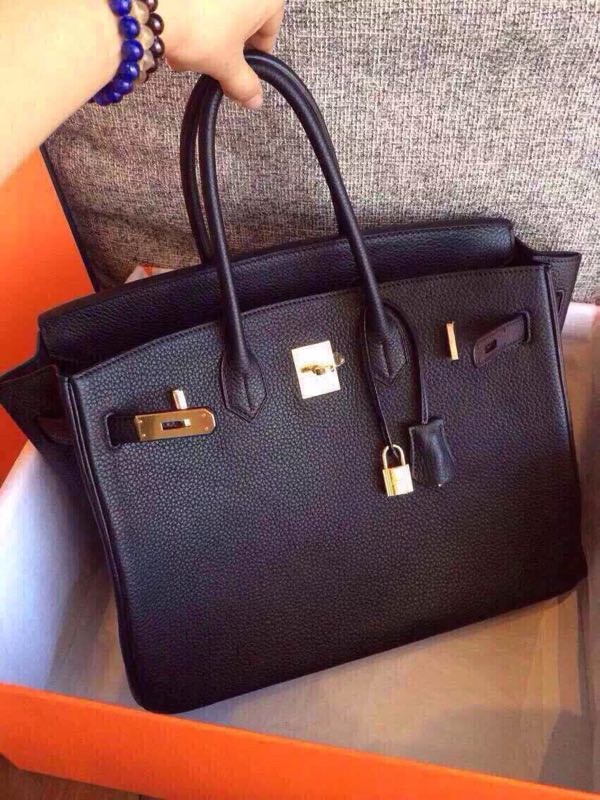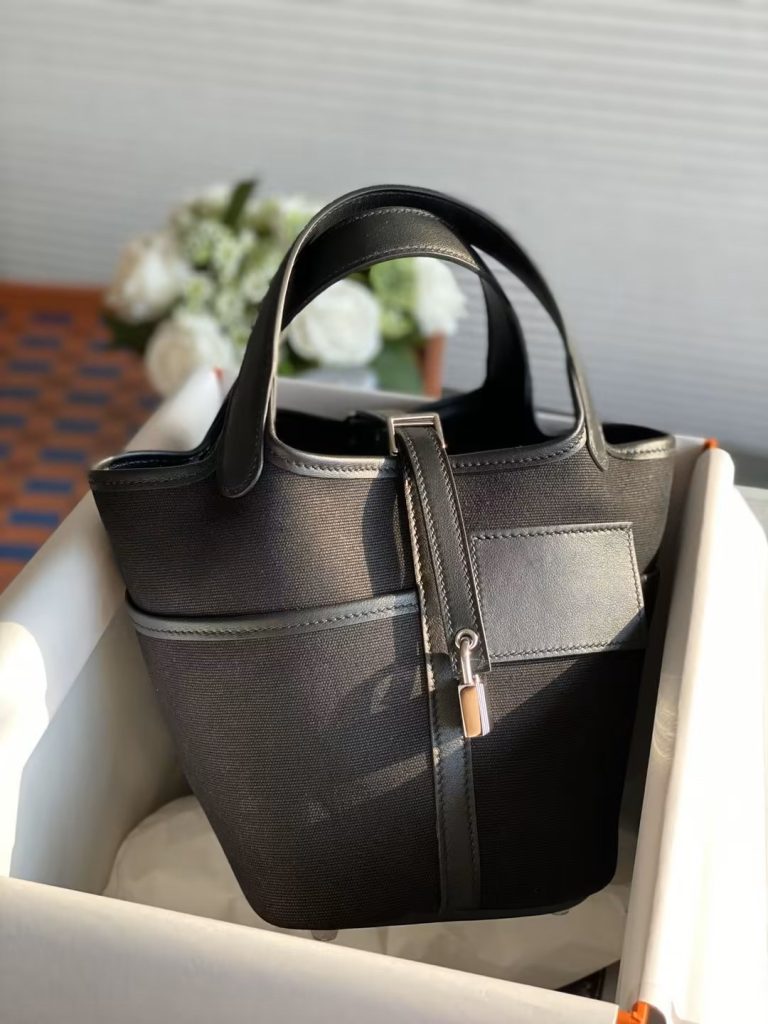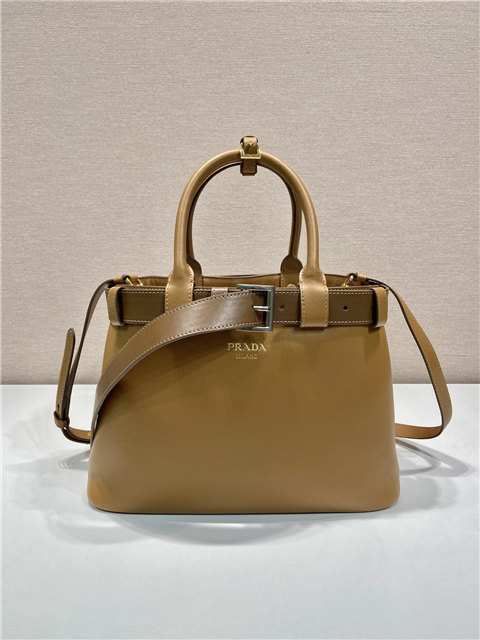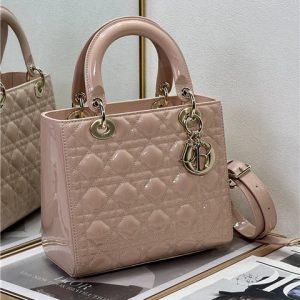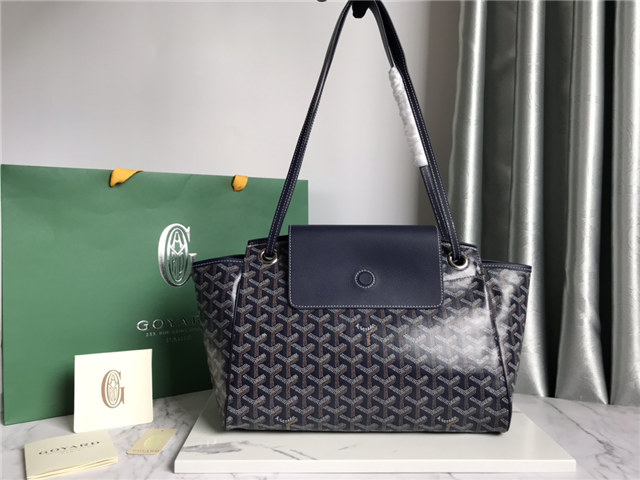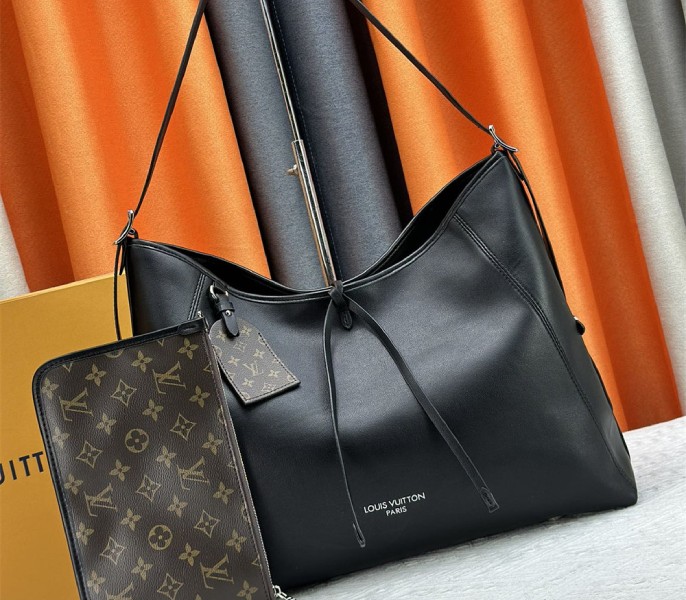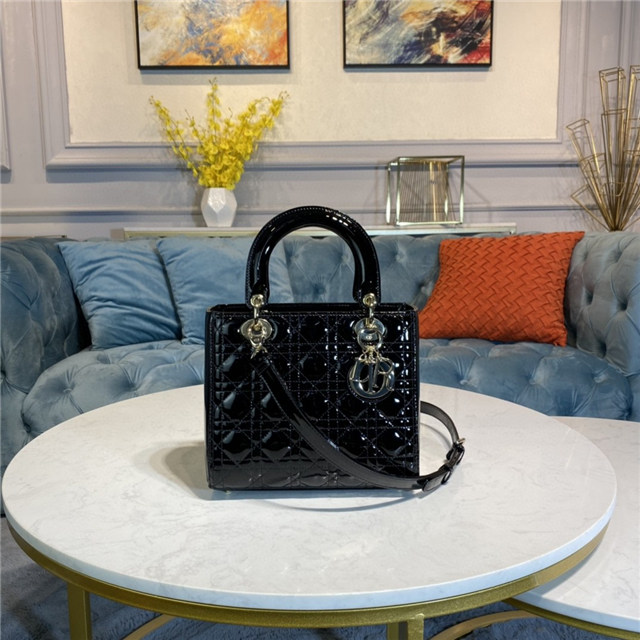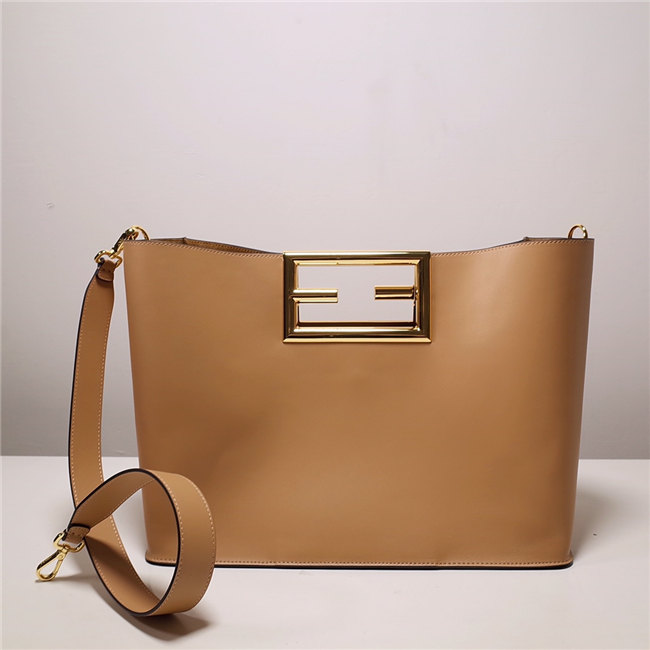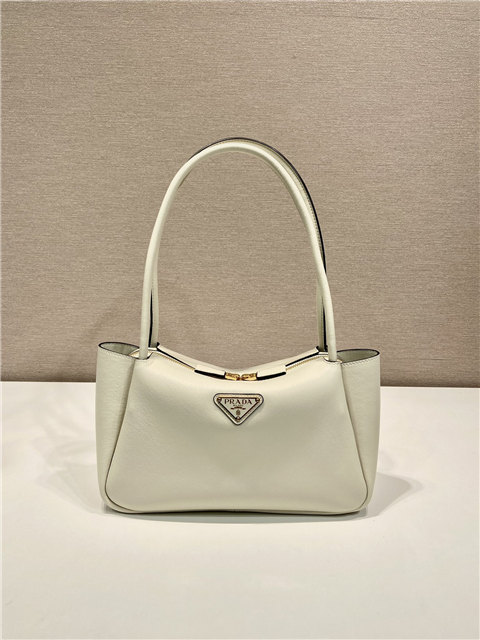So, naturally, when you hear “Overrun Hermès Belts,” your ears perk up. Suddenly, that dream seems, like, maybe *just* within reach. But hold on a sec. Let’s unpack this whole “overrun” thing, ’cause it’s kinda murky.
Basically, overrun stock *should* be, like, extra stuff that was produced, but didn’t make the cut for official retail. Maybe a slight imperfection, a canceled order, or they just straight up made too much (which, for Hermès, seems kinda… unlikely, doesn’t it?). The VIPSTATION blurb talks about painstaking attention to detail, which… yeah, makes you wonder how “overrun” even *exists* in their world.
Now, I’m not saying that overrun Hermès belts are necessarily *fake*. But there’s a *lot* of gray area. You see websites popping up saying “Shop Used Hermes Belts” and that’s fine, you know, its pre-owned so you expect some wear and tear. Authentic belts, even pre-owned ones, are expensive. Which brings us back to the Overrun.
Here’s where my inner skeptic kicks in. If Hermès is all about “luxurious fabrics, timeless designs,” etc. as VIPSTATION says, how many “overruns” do they *really* have? Like, are we talking a handful? Or a whole warehouse full of slightly wonky belts? I kinda doubt it’s the latter.
And look, I’ve seen the websites. They’re all… kinda the same, aren’t they? Vague descriptions, stock photos that could be anything, and prices that, while lower than retail, are still suspiciously high for something supposedly “flawed.” Plus, the Pakistan mention? That threw me for a loop! Just kinda randomly dropped in there. What’s that all about?
So, my advice? Be *super* careful. If it sounds too good to be true, it probably is. Do your research. Check for authenticity markers. And maybe, just maybe, save up for the real deal. Or, you know, scour those pre-owned sites – at least you’ll (hopefully) know what you’re getting (kinda, maybe). Or, heck, get a really, *really* good fake. Just don’t go around telling people it’s real. Nobody likes a poser, y’know?

